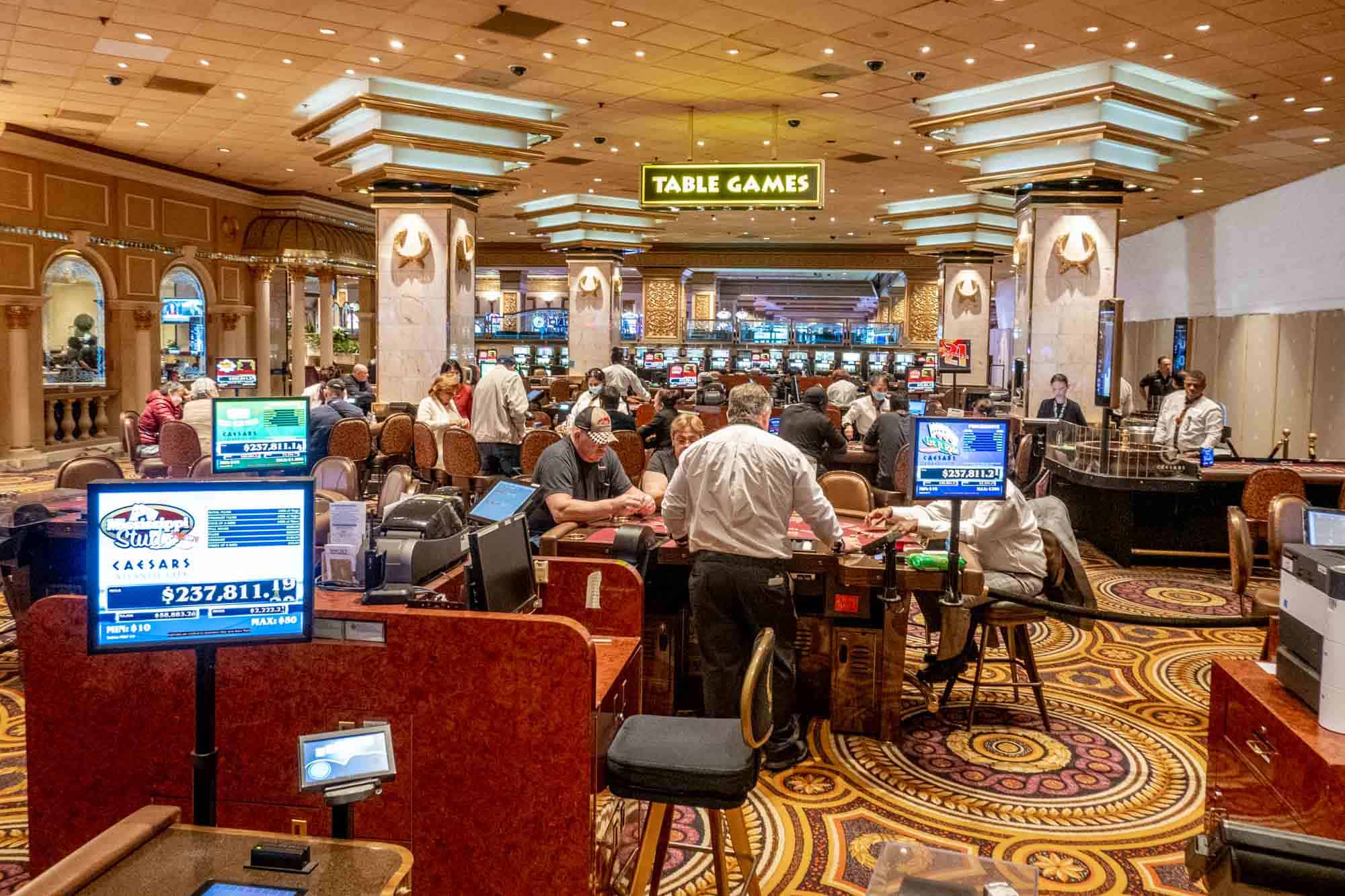An Encounter of Game Mechanics in Gambling Experiences

The sphere of gambling entertainment has long enthralled participants with its mix of excitement, tactics, and the thrill of chance. As tech advancements advances and the gambling landscape changes, an new approach known as game-based learning has begun to reshape the way we engage with these classic activities. By including gaming elements such as tasks, incentives, and progress tracking, gamification raises participant involvement and changes the traditional casino environment into a much dynamic and immersive environment.
Gamification in gambling entertainment not only appeals to experienced gamblers but also draws in a new generation of participants who desire a much involved adventure. With elements that promote involvement and build community among participants, the gamified features infuse new life into cherished favorites like poker, blackjack, and fruit machines. As we dig deeper into this phenomenon, we will investigate how gamification is transforming the casino atmosphere, making it far inclusive, enjoyable, and beneficial for everyone involved.
Comprehending Gamification
Gamification denotes the implementation of gaming features in non-game contexts to boost player engagement and experience. In the realm of casino games, this idea has achieved considerable momentum, altering conventional gaming into a more dynamic and rewarding experience. By including components such as tokens, stages, and rewards, casinos can establish an environment that drives players to participate more frequently and for extended times.
At the heart of gamification is the urge to leverage the natural drives of players. Casino games that use gamification techniques are shaped to not only entertain but also to encourage competition and achievement. Players are often attracted to the prompt responses and advancement monitoring that these elements provide. 77win This not only keeps them engaged but also nurtures a notion of achievement as they attain milestones and reveal new aspects.
Moreover, gamification can boost social interaction among players, fostering a community atmosphere that enhances the satisfaction of gaming experiences. Elements such as ranking systems, group contests, and collaborative tasks allow players to link with fellow players, share stories, and battle in a friendly manner. This social aspect adds another dimension to the experience, making it more captivating and enjoyable for gamers.
Impact on Gamer Engagement
Gamification methods in gambling games have significantly changed the way users interact with their preferred pastimes. By including elements such as incentives, scoreboards, and accomplishment icons, casino operators create an environment that encourages a more profound connection between users and the experiences they love. This increased engagement leads to prolonged gaming periods and heightened player loyalty, as players endeavor to achieve new stages or receive exclusive bonuses.
Moreover, the interactive aspect of gamified casino games cannot be overlooked. Many sites allow players to challenge against friends or other gamers, which brings a level of excitement and community. This contest drives engagement by appealing into gamers’ drive to compete, motivating them to come back for extra in order to improve their ranking or demonstrate their accomplishments. https://77win.bar/ As a result, the social interactions foster a feeling of community that keeps gamers returning.
Furthermore, the prompt feedback and acknowledgment provided by interactive features serve to inspire gamers. Whether it be a message of a new milestone or the joy of earning a prize, these quick recognitions play a essential role in maintaining interest. By continually offering users for their efforts, casino games become greater than a pastime; they evolve into an engaging activity that holds users and boosts their overall experience.
Trends in Casino Game Design
The landscape of gambling game design is regularly evolving, driven by tech innovations and changing player preferences. One significant trend is the integration of interactive technologies, such as virtual reality and AR reality, to enhance the gaming experience. These technologies create a more engaging environment, enabling players to feel as though they are in a real casino, which can lead to prolonged play sessions and heightened player satisfaction.
A further trend is the incorporation of storytelling elements into casino games. Game designers are concentrating on narratives to create a stronger connection between the player and the game. This narrative-driven approach not only makes the games more enjoyable but also motivates players to invest emotionally, which can enhance their complete experience. By blending traditional gaming mechanics with captivating stories, developers are drawing in a broader audience who may not have before engaged with casino games.
Finally, the growth of social gaming features is reshaping how players interact with casino games. Many games now feature social elements, such as broadcasting achievements or competing with friends, to promote social interaction and engagement. This trend reflects a shift towards a more participatory experience, where players can connect with others, sharing their excitement and challenges. As casinos adapt to these social dynamics, the act of gaming becomes not just about individual play, but also about building connections among players.
